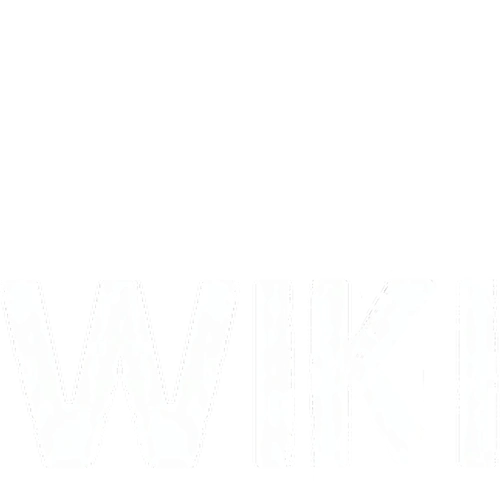In DayZ Standalone, there are four categories of Settings accessible from the game's menus. Here, we will cover settings for gameplay, audio, and video. You can find information about the game's controls in a separate article.
Game
Game Options
- Language -
- Perspective -
- Invert Mouse -
- Field of View -
- Head Bob -
- Chat Messages (Toggle) -
Sound
Sound Options
- Effects -
- Music -
- VoIP -
- Master -
Video
Video Options
Overall
This is the first thing you'll see when looking at the Video settings and is used for making high-level changes to your graphics.
- Overall Quality - Changing this will adjust all other settings to fit preset levels. "Custom" is recommended and is automatically assigned when you make changes to any other setting.
- Brightness - This will exaggerate all existing colors towards either dark or light extremes in a uniform manner, including black and white. This brightens and dims everything on your display.
- Gamma - Turning up the gamma will lessen the difference between the darkest and lightest parts of the display, meaning less contrast. This results in extremely light/dark images with less color.
- V-Sync - Short for the term "vertical sync." By enabling this setting, the game does its best to match the framerate (FPS) to the refresh rate of your monitor (i.e. 60Hz). This can mean a perceived reduction in performance, but the idea is to eliminate visual artifacts from your display. This setting will only potentially affect screenshots which include a moving subject or those which are taken while you are on the move.
Quality
Changes made to this group affect how terrain, sky, and objects are rendered.
- Objects - Changes the level of detail for things like buildings, trees, etc.
- Terrain - Alters the level of detail for ground textures.
- Clouds - Modifies the level of detail for clouds in the sky (mostly density).
- Shadows - Adjusts the level of detail for shadows.
User Interface
This smaller group is for making alterations to how the game is shown in the context of your specific display.
- Resolution - This determines the amount of screen space covered by the entire UI of the game, independent of the resolution that the game itself is rendered at. If you set this smaller than the game's resolution, elements of the UI may not display in their intended place on the screen, so set this to match your Rendering Resolution.
Textures
These options are for fine-tuning how object and terrain textures are rendered.
- Video Memory - Use this to tell DayZ how much of your video card's memory it is allowed to use. It is recommended you leave this on "Auto."
- Texture Detail - As its name implies, this is a master setting to change the resolution at which textures are rendered. This will mostly affect the clarity of textures up close.
- Texture Filtering - Brings clarity to textures (especially ground textures) which are viewed at an angle. Where a given pixel on a texture (2D) doesn't correspond neatly to a pixel on a model (3D), this samples the pixels around it to determine color much like antialiasing. Filtering primarily affects how you view things at a distance.
Rendering
The most advanced settings available in-menu, these are for tweaking the various visual "tricks" employed by the renderer for smoothness, color, etc.
- Antialiasing - Refers to a specific kind of antialiasing: MSAA. Smooths jagged edges by by supersampling nearby pixels, but ignores most large surfaces to minimize performance loss.
- Alpha to Coverage - This is the density at which the game renders grass, small plants, and tree foliage.
- Edge Smoothing - A different kind of antialiasing: FXAA. This is an edge smoothing technique applied after the game is rendered, rather than before like MSAA.
- HDR Quality - Attempts to balance the amount of light in a picture so that all areas, both light and dark, are displayed in equal detail. (NOTE: As of 0.61, HDR is currently locked to "Very Low.")
- Postprocess Quality - A master setting that effects several others, such as bloom and AO. This adds a softer tone to the entire display and also allows for things like screen blur when your character is low on health.
- Ambient Occlusion - This attempts to simulate the effect of ambient light on objects for more advanced shading, resulting in softer shadows. Using this requires the Postprocess Quality setting to be on at least "Low."
- Bloom - This settings simulates the how bright light sources can seem to "spill" over the edges of objects.
- Rotation Blur - Exactly what it sounds like; this blurs the edges of your screen when you move.
